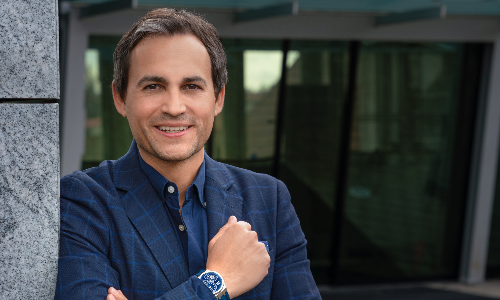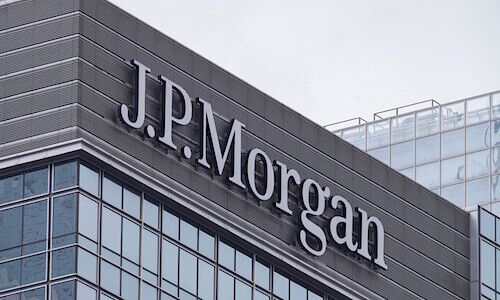CBRE Vietnam has published a report on the Thu Thiem New Urban Area, the planned new financial and commercial centre for Ho Chi Minh City (HCMC).
In addition to highlighting, the significant potential positive impact of planned developments in Thu Thiem, the report also touches on factors that have prevented the Thu Thiem project from achieving satisfactory progress in the past few years.
Located across the Saigon River from District 1, the 657 hectare area known as Thu Thiem is ideally located to become the Pudong of Ho Chi Minh City. Transportation to and from the Thu Thiem peninsula from District 1, District 9, Thu Duc District and the rest of District 2 is very simple. Recognizing this important feature of Thu Thiem, the local government introduced a development plan for the area in 1997.
Currently, 99% of land has been cleared and Thu Thiem can immediately offer 382 hectares of residential space for 26,618 apartments and another 334 hectares of commercial space. Upon completion, Thu Thiem will have a resident population of 150,000 with a daily working population of 220,000.
Commenting on the potential of Thu Thiem, Marc Townsend, Managing Director of CBRE Vietnam, said: “The development of Thu Thiem offers an opportunity to connect the eastern bank of the river with the rest of the city. Possessing a large land bank, this is an ideal location for the development of a new financial, commercial and residential centre for HCMC. The need for a new central business district (CBD) is becoming even more urgent as the existing CBD is running short of land for development.”
At the moment Thu Thiem remains largely a greenfield site and until recently has had little connection with the rest of the city. To date only a tunnel and a bridge have been completed to connect Thu Thiem to the rest of the city. Four other bridges and a metro link are still either under-construction or under planning.
In July 2015, the first residential project was launched in Thu Thiem by local group Dai Quang Minh at a selling price of US$2,000 to 2,800 per sq. m., marking a significant milestone in the development of the area. CBRE Vietnam predicts that selling prices will not stabilise in the near future given the favourable placement of Thu Thiem in the HCMC property market.
Apart from the Dai Quang Minh project, a number of other significant projects have also recently received approval for investment from the government. In June 2015, a consortium of two local firms (Tien Phuoc Real Estate JSC and Tran Thai Real Estate Co. Ltd.) and Denver Power Co. Ltd., a member of UK-based Gaw Capital Partners, received an investment certificate to develop the US$1.2 billion, 15-ha Empire City Complex, which will consist of an 86-storey building, a five-star hotel, a shopping mall and an office building. In 2014 South Korean conglomerate Lotte and its Japanese partners (Mitsubishi and Toshiba) received in- principle approval to develop Eco Smart City, which is worth US$ 2billion and is expected to feature luxury trade centres, hotels, office buildings and apartments across an area of 10 hectares. In the future, Dai Quang Minh plans to develop another urban area near a 150-hectare southern ecological forest on the peninsula, including 234 villas, 395 houses, 5,600 luxury apartments, a five-star hotel and a hospital.
However, when we compare Thu Thiem to Pudong in Shanghai, a model that Thu Thiem is attempting to emulate, there is still much to be done to ensure the success of this project.
According to Ms. Dung Duong, Head of Research and Consulting, CBRE Vietnam, there are a number of factors that have held Thu Thiem back. The developer of Thu Thiem is a state-owned company (Thu Thiem Investment and Construction Authority) which does not have the absolute authority to make quick decisions on the project’s overall vision, budget and staffing. All decisions have to be approved by the city government, which often takes a considerable length of time. Lack of synchronous infrastructure and high land prices are also issues. The major focus of development in Thu Thiem is on office and commercial real estate. However, a sizable volume of commercial supply already exists on the West side of the Saigon River on more or less the same scale. Additional development currently underway on the West side of the river (the existing CBD) makes Thu Thiem even less attractive to investors.
CBRE believes that radical new policies are required if the government’s vision of creating a “Pudong of Saigon” is to become a reality. The project must be accorded the status of a national priority and requires stronger support from central government. It is vital that the investment procedure for potential foreign investors is made clearer and simpler. The introduction of a “one stop” approval procedure for foreign invested projects will remove much of the uncertainty that could be inhibiting investment. This would also minimise speculation and prevent land prices from becoming prohibitively high. Other suggested measures include limiting approvals for projects on the West bank of the Saigon River as these may deflect potential investment away from Thu Thiem.
The implementation of the measures outlined above will ensure Thu Thiem will stand out as the single most attractive focus for potential investment in Ho Chi Minh City and will support its development as the city’s new economic and financial centre.




















